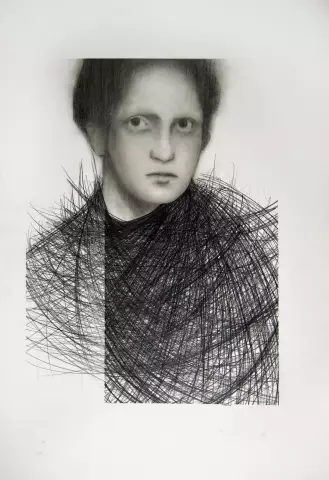- Author Rachel Wainwright [email protected].
- Public 2023-12-15 07:39.
- Last modified 2025-11-02 20:14.
Radiologist
A radiologist is a medical specialist who diagnoses various diseases using X-rays, as well as introduces new treatments and studies the effects of X-rays on the human body.

History of the profession
In 1895, scientist Wilhelm Roentgen discovered a new radiation, under the influence of which the photographic plate began to darken and a picture of the image of the bone structure and internal organs of a person appeared.
Later, this radiation was called X-ray and used in medicine for the diagnosis of various diseases. In the 20th century, X-ray clinics and offices began to open in Europe, and the production of specialized equipment was launched.
Currently, X-ray installations have been significantly improved and allow a radiologist to carry out diagnostic studies with the identification of internal injuries, to determine the state of internal organs, as well as injuries and fractures of bone structures.
The specifics of the medical activity of a radiologist
Radiologist works in public and private institutions, including hospitals, clinics, specialized clinics, diagnostic centers and research institutes.
A radiologist diagnoses diseases, takes an X-ray and describes it. In accordance with the opinion of the radiologist, the attending physician determines the diagnosis of the patient.
Using an X-ray, the doctor can detect damage to the bone and brain, establish problems in the functioning of the circulatory and cardiovascular systems, and determine the disease of the digestive system and other systems of the human body.
Radiation diagnostics significantly simplifies the formulation of the correct diagnosis and the appointment of appropriate treatment for patients.
The radiologist is a radiation-hazardous profession. At present, special radiation protection has been used in the radiologist's offices, but, nevertheless, it is necessary to constantly monitor the background radiation and avoid direct contact with X-ray equipment.
Types of diagnostics
A radiologist in his work uses various methods of radiation diagnostics, including radiography, tomography and fluoroscopy.
There are several types of tomography - computed tomography and magnetic resonance imaging. This type of diagnosis is the latest trend in radiology. Thanks to the tomograph, certain parts of the body are scanned, processed on a computer and images are obtained on a digital medium.
The most effective is positron emission tomography, which allows diagnosing diseases even at the earliest stages and identifying foci of oncological diseases. This type of tomography uses radioactive isotopes of minimal harm, produces color images showing all chemical processes in the body, as well as pathological disorders.
Responsibilities and professional qualities of the radiologist
The radiologist must have a high level of professionalism and responsibility. This specialist should be inclined to work, have a good memory and the ability to analyze the information received.
The radiologist's opinion must be based on deep medical knowledge and X-ray physics. This specialist needs to constantly improve his skills and use the most effective methods of radiation diagnostics.
In the office, the doctor is assisted by a laboratory assistant, but the radiologist must independently be able to operate medical equipment and know the peculiarities of using X-rays for the human body.
The radiologist diagnoses, examines the lungs and spine, skeleton and teeth. This medical professional must have the skills to work with a mammography and fluorograph.
The essential qualities of a radiologist are accuracy, ethics and responsiveness towards patients.
Found a mistake in the text? Select it and press Ctrl + Enter.






